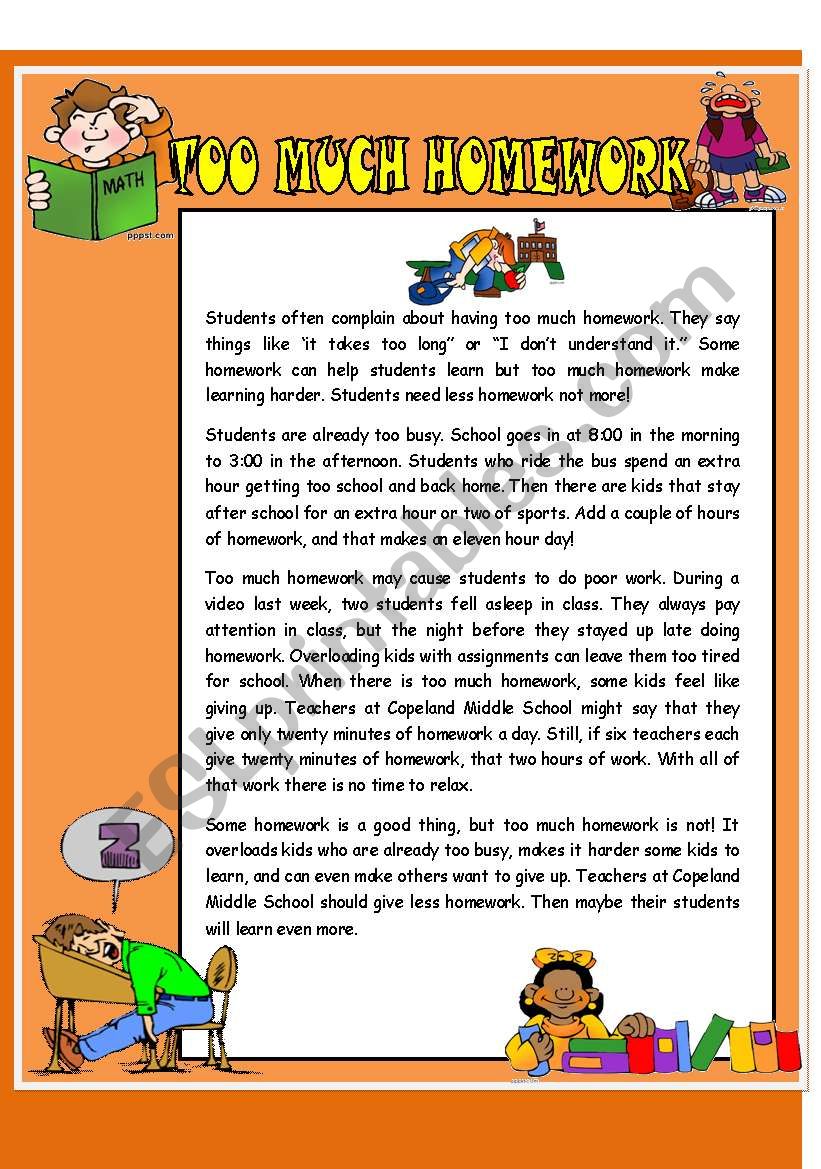
You’ll also provide yourself with useful information to guide your lecture or class discussion.” These questionnaires can be used to monitor students’ completion of the reading.įinally, Gooblar advises making use of the information from the reading assignments in class without repeating it in detail. “By asking questions that point to the use you’ll make of the reading, you’ll underline the fact that the reading is indeed integral to the course. End by asking “What one question would you like me to answer in class about the reading?” Instead of a quiz, create a questionnaire to gauge problems students are having with the reading. Questions posed in handouts help prepare students for in-class discussion. These can be specific to each reading assignment or more general to be used for all the readings. Handouts created for the students can be useful, Gooblar writes. At the end of class preview the upcoming reading assignment, explain how it fits into the material to be covered in the next class, and give the students some questions to consider as they do the reading. Show students that the reading is, indeed, necessary. Make sure that your required reading aligns with course objectives and can be completed in a reasonable amount of time. Students prioritize their work and won’t bother with the reading if they feel it is not essential.
Gooblar suggests starting by making sure that the assigned reading is really necessary. He dismisses the use of quizzes as punitive and time-consuming.

, starts off by citing research showing that on a given day in class 70% of the students will not have done the assigned reading. David Gooblar, They Haven’t Done the Reading. The faculty I work with aren’t the only ones facing this problem. The perennial problem? Faculty assign but students don’t read. Recently I had a discussion with faculty about reading assignments.


 0 kommentar(er)
0 kommentar(er)
